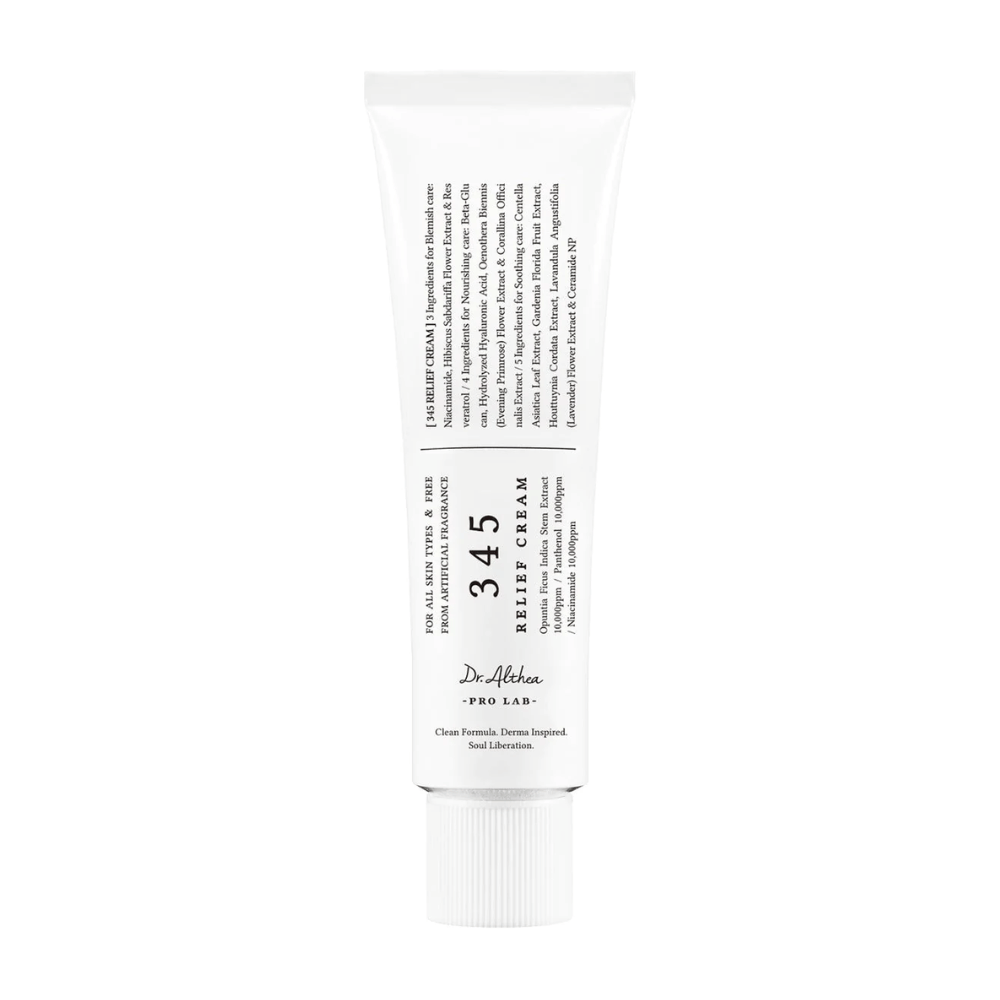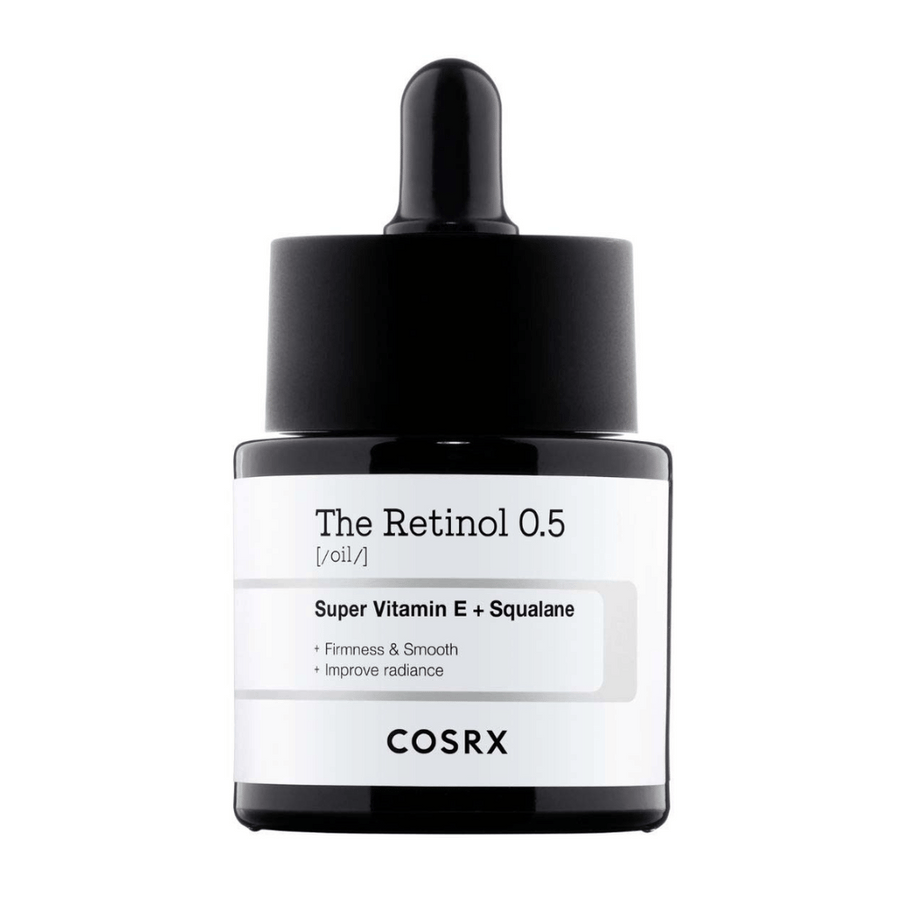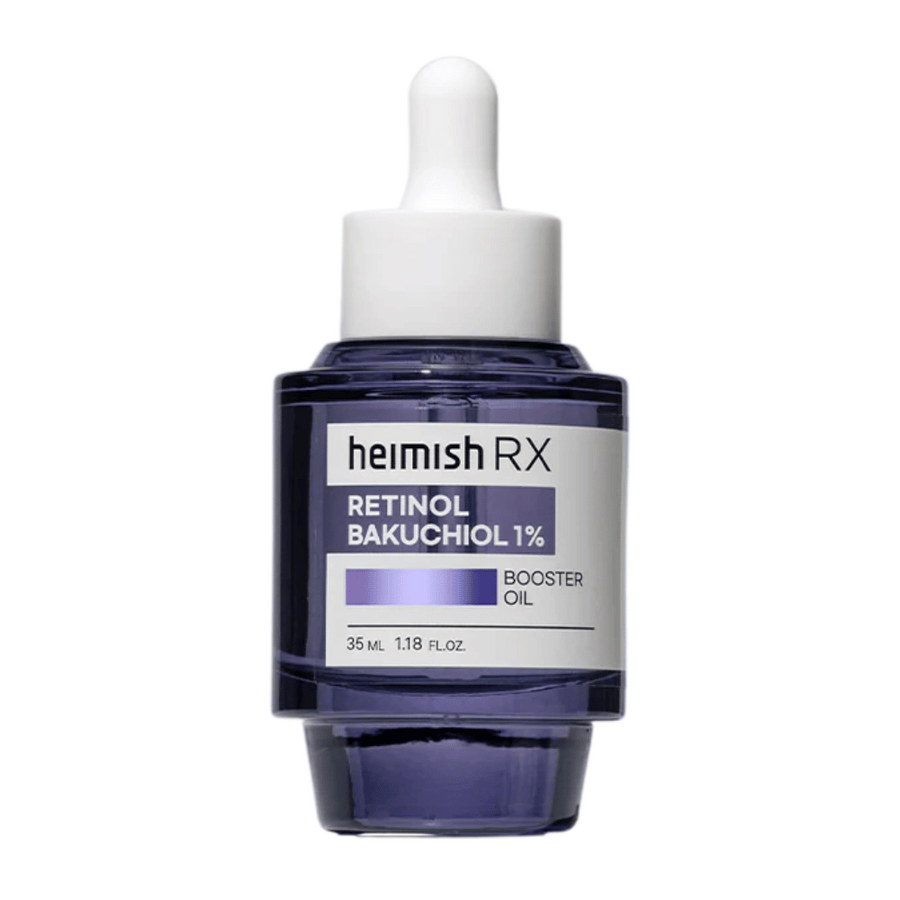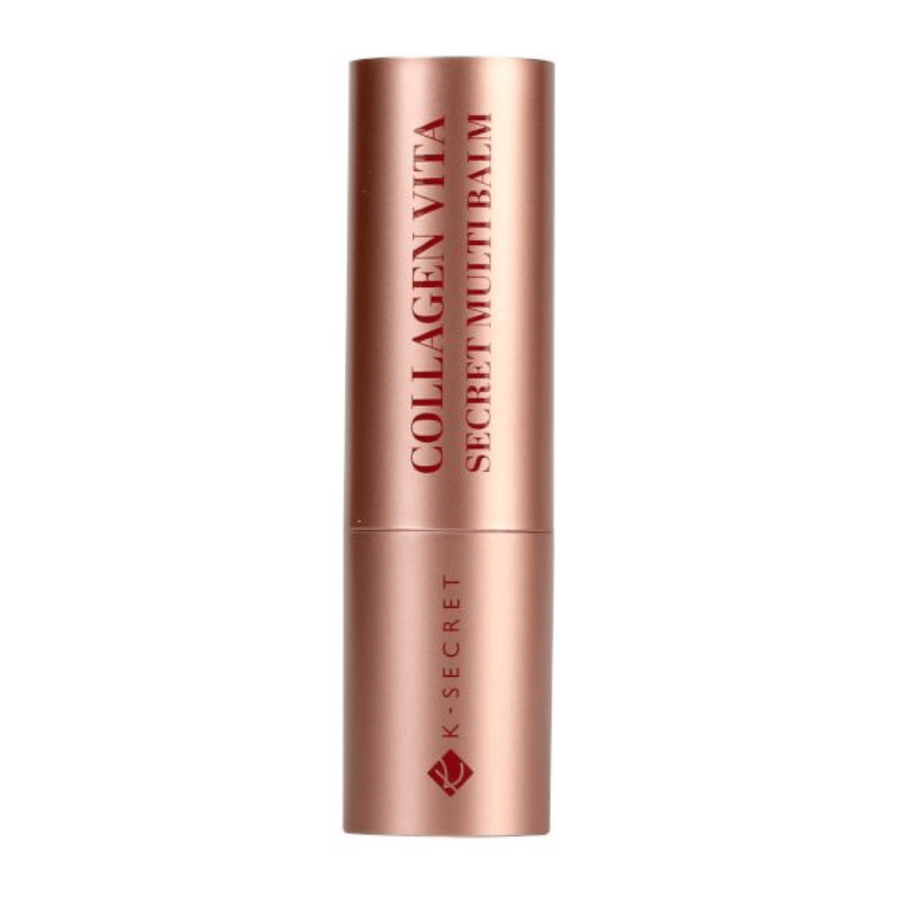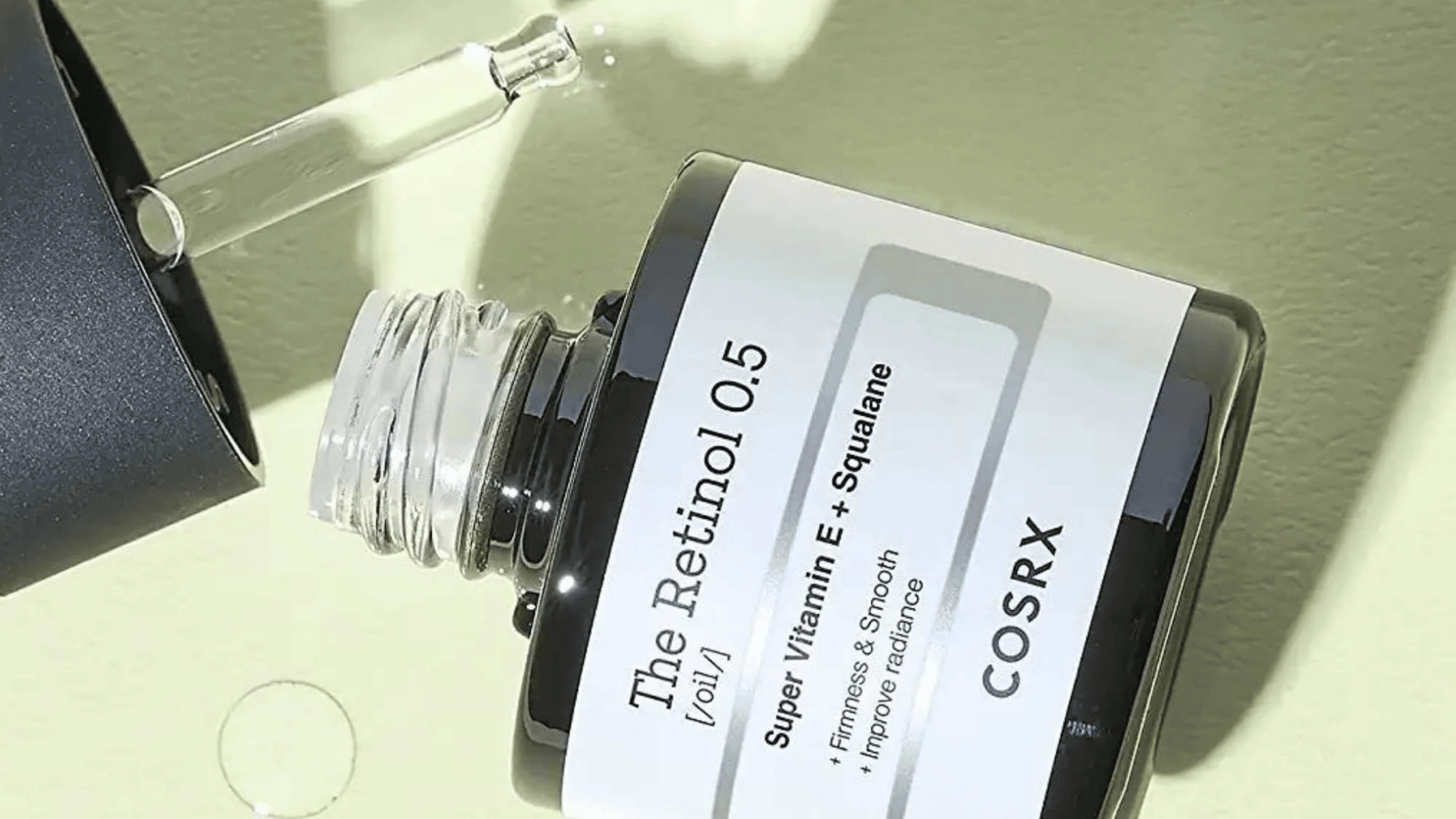
Do you feel that your skin feels dry, lifeless, or that moisture never really stays? Facial oil is a powerful addition to your skincare routine that locks in moisture, provides nourishment, and helps the skin maintain its natural glow. In Korean skincare, facial oil is used not only as the last step but as an active part of the well-known layering method to achieve the coveted “glass skin” effect.
What is facial oil?
Facial oil is a concentrated, fat-based skincare product that provides nourishment, moisture, and protection to the skin. It works by locking in moisture, strengthening the skin barrier, and providing essential fatty acids and antioxidants that the skin needs to function optimally. Korean facial oils are often formulated with lightweight, absorbable oils that do not clog pores, such as jojoba oil, camellia oil, and fermented plant extracts.
Unlike face creams that contain water, oils work directly with the skin's lipid barrier to restore balance and softness. They can also contain ingredients with specific functions, such as:
- Ginseng, revitalizes the skin and promotes circulation.
- Green tea extract, protects against free radicals and soothes irritation.
- Argan oil, rich in vitamin E and essential fatty acids that strengthen and repair the skin.
Whether you have dry, sensitive, combination, or even oily skin, there is a facial oil that suits you; it's about choosing the right type of oil for your specific needs.
The difference between Korean and traditional facial oil
Korean facial oils differ from Western ones through their focus on light texture, multifunctionality, and innovative ingredient blends. Where Western oils are often heavier and used primarily as a finishing moisture barrier, Korean oils are designed to integrate smoothly into a multi-step routine without feeling greasy or heavy on the skin.
One of the most distinctive features is the use of fermented ingredients, such as fermented rice extract or fermented beans. These ingredients are broken down into smaller molecules, making them easier for the skin to absorb and providing increased effects on both moisture balance and skin renewal.
K-beauty also places great emphasis on the layering method, where facial oil is used together with toners, Essence, and serums, not instead of them. This allows the oil to function as a moisture sealer but also as an active treatment component in the entire routine. The combination of lightweight formulas, natural extracts, and innovation makes Korean oils a smarter choice for those who want results without compromising on skin feel.
Benefits of using facial oil
Including a facial oil in your skincare routine can provide several noticeable and long-term effects. Here are some of the main benefits.
Deep hydration and nourishment
Facial oil strengthens the skin's natural protective barrier and helps retain moisture in the skin. It is particularly valuable for dry or mature skin, which often has reduced sebum production and therefore easily loses moisture. The oil provides essential fatty acids that make the skin softer and more resistant to external stress.
Calming and Balancing Effect
For sensitive, red, or reactive skin, a facial oil with calming ingredients can make a big difference. For example, chamomile, tea tree, and centella asiatica have anti-inflammatory properties and help reduce irritation. At the same time, the oil helps restore the skin's balance, making it less prone to overreact.
Protection Against External Influences
Korean facial oils are often rich in antioxidants that protect the skin from environmental influences, such as air pollution, UV radiation, and free radicals. Ingredients like green tea, vitamin E, and pomegranate help counteract premature aging and keep the skin strong and vital.
Improved Elasticity and Glow
Some oils contain active ingredients like ginseng and camellia oil, which stimulate blood circulation and strengthen the skin's elasticity. This not only provides a firmer skin feel but also a natural glow that makes the skin look healthy and energized.
More Effective Skincare
Facial oil also acts as a sealing product in the skincare routine. When applied last, it helps lock in moisture from previous steps, extending the effect of serums, Essence, and toners. The skin remains hydrated longer, and the active ingredients can work more effectively.
How and When to Use Facial Oil
It is important to use facial oil correctly to maximize its effect. The oil should not be seen as an alternative to other skincare products but as a complement that enhances the effect of your routine.
When Should Facial Oil Be Used?
Facial oil is best used at the end of your evening routine when the skin is most receptive to nourishment and repair. It can also be used in the morning if the skin feels dry or needs extra protection, especially during colder seasons.
How to Combine Facial Oil with Other Products
Facial oil pairs well with Essence, serums, and moisturizers, especially in the Korean layering routine. Always apply the oil after water-based products, as it helps lock in moisture. You can also mix a drop of oil into your moisturizer for extra nourishment or dab a little over makeup to give the skin a glow during the day.
How to Use Facial Oil
- Cleanse the skin. Start with a thorough but gentle cleansing to remove dirt, sebum, and makeup. This prepares the skin to better receive nourishment.
- Apply toner and serum. Continue with lightweight products that hydrate and treat the skin. These should be applied before the facial oil, as the oil acts as a sealing layer.
- Apply the facial oil. Warm a few drops of oil between your palms and gently press it into the skin, avoiding rubbing. This increases absorption without disturbing the skin's structure.
- Follow up with cream (if needed). If you have very dry skin or want to use the oil during the day, you can finish with a face cream that provides additional protection against external factors.
Which Skin Types Should Use Facial Oil?
Facial oil can be a valuable part of the skincare routine for all skin types; it's just about choosing the right oil for your skin's needs. Korean facial oils are often formulated with lighter textures and natural extracts, making them adaptable even for more sensitive or oilier skin types.
Dry Skin
Dry skin has a reduced ability to retain moisture and needs rich, nourishing oils that strengthen the skin barrier. Oils with a high content of omega fatty acids, such as argan oil, camellia oil, or avocado oil, provide intense hydration and make the skin soft and supple.
Oily and acne-prone skin
It may sound contradictory, but the right kind of facial oil can actually help balance oily skin. Lightweight and non-comedogenic oils like hemp seed oil or squalane can regulate sebum production and reduce the risk of clogged pores without feeling greasy on the skin.
Sensitive skin
For sensitive or easily irritated skin, it is important to choose soothing and anti-inflammatory oils. Ingredients like jojoba oil, centella asiatica, or calendula can help reduce redness and strengthen the skin barrier without causing reactions.
Combination skin
Combination skin needs products that hydrate dry areas without overloading the oily ones. Lighter oils like rosehip seed oil or tea tree extract provide a balancing effect – they add moisture where needed and can also help control excess sebum.
Mature skin
Mature skin has a naturally reduced oil production, which can lead to dryness, loss of elasticity, and increased sensitivity. Facial oils rich in antioxidants and fatty acids, such as pomegranate oil, ginseng, or fermented oils, help restore the skin's suppleness and improve skin tone and firmness.
Common questions about facial oil
What does facial oil do for the skin?
Facial oil provides nourishment, locks in moisture, and strengthens the skin's barrier. It helps soften the skin, improve elasticity, and protect against external stressors.
Can I use facial oil if I have oily skin?
Yes, as long as you choose a lightweight and non-comedogenic oil. The right oil can balance sebum production and reduce shine without clogging pores.
Should you use facial oil before or after moisturizer?
Facial oil is always used after water-based products, including moisturizer. It seals in moisture and helps the skin retain it longer.
How often should you use facial oil?
Most people use facial oil once or twice daily, morning and evening. Adjust usage according to your skin's needs and reaction.
Can I replace my moisturizer with facial oil?
In some cases, yes, but the best effect is achieved when the oil is used together with a water-based moisturizer. The oil preserves moisture but does not add moisture itself.
Which facial oil is best for dry skin?
Richer oils like argan, avocado, or camellia oil are excellent for providing deep hydration and improving skin suppleness for dry skin.
Does facial oil work under makeup?
Yes, lightweight oils work well as a base under makeup and can provide a natural glow. Let the oil absorb thoroughly before applying makeup.
Can I use facial oil around the eyes?
Some facial oils are suitable for use around the eye area, but avoid strong or essential oils. Use sparingly and pat gently.
How do I know if a facial oil is comedogenic?
Check the ingredient list. Oils like coconut oil are more comedogenic, while squalane and hemp seed oil are safer choices for prone to clogging skin.
Is facial oil necessary in the skincare routine?
It is not a must, but for many, a well-chosen oil can improve the skin's moisture level, radiance, and comfort, especially during cold months or when the skin is out of balance.



